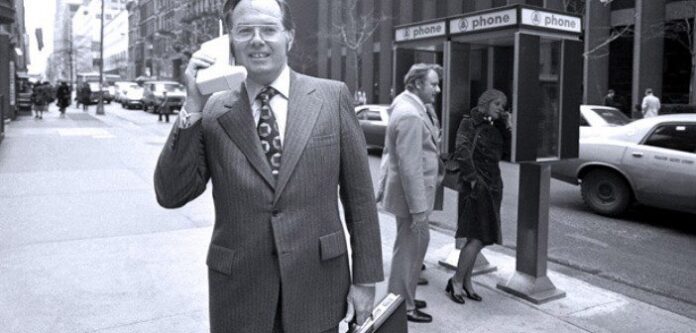Editor’s Note: RCR Wireless News goes all in for “Throwback Thursdays,” tapping into our archives to resuscitate the top headlines from the past. Fire up the time machine, put on those sepia-tinted shades, set the date for #TBT and enjoy the memories!
Is there a need for 3G?
While the world continues to debate the mechanics of third-generation technology, many industry watchers wonder what business case, if any, this new technology will have for carriers. The International Telecommunications Union, a part of the United Nations that has put itself in charge of setting worldwide standards for future networks, has required standards bodies in Europe, the United States and Japan to submit a third-generation proposal by June. The IMT has laid out specifications for this new technology that allows global roaming and includes portable high-speed data rates of 384 kilobits per second designed to drive the introduction of sophisticated multimedia services such as high-speed Internet access and full-motion video. Most of the world’s standards bodies will choose some form of wideband Code Division Multiple Access technology. The European Telecommunications Standards Institute already has chosen W-CDMA for use with wide-area applications. Vendors, carriers and interest groups are working to figure out the parameters of the new technology, and political situations are emerging as some groups push for a convergence with W-cdmaOne, a technology based on Interim Standard-95 technology. The entire third-generation process, say many involved, consists of vendors jockeying for position-especially Japanese vendors that have been limited in the past in providing infrastructure to the world’s carriers since Japan’s carriers use a digital technology different from those used anywhere else in the world. … Read more
Wireless Turn-Key Services uses laser to replace fiber-optic links
Wireless Turn-Key Services Inc., a new company based in Long Beach, Calif., introduced a system designed to replace fiber-optic cable for local telephone companies and competitive local exchange carriers, including wireless CLECs. Carriers could use the technology instead of fiber-optic cable or microwave transmission links. Based on wireless laser technology, the system is designed to increase carrying capacity up to and including OC-12, said the company. The high frequency at which lasers operate and recent advances in laser technology make the increased bandwidth possible, said the company. “Infrared technology is well suited to high data rates,” said the company. “Today’s modern laser communication systems provide network connectivity at full network speed and up to 155 Mbps.” WTS said increased bandwidth will be important for emerging data applications as well as teleconferencing, live video, entertainment applications and even telemedicine. Another benefit of laser technology, explained WTS, is that it is secure. Laser beams are confined and ride on a narrow beam that cannot be intercepted. The system also will accept any scrambling technology that is native to fiber. … Read more
UK cable tv company to add cellular to its menu
ComTel Ltd., a United Kingdom-based cable TV company, said it plans to offer its customers mobile telephone service through an agreement with U.K. cellular carrier Cellnet. ComTel business customers will be able to purchase mobile phones at competitive prices, said the company, which also will offer a 10-percent discount on Cellnet digital standard tariffs and inclusive calls on the three tariffs it will offer. ComTel, which was launched after the merger of Telecential and ComTel nearly one year ago, has a network that covers more than 175,000 residential and business subscribers. It offers telephony, Internet and cable TV services. The company estimates its potential subscriber base at about 1 million homes. Customers to the service will be charged on the same bill as their monthly telephone, Internet and cable TV accounts. ComTel plans to offer its customers mobile phones from Philips that feature voice mail, short message service, voice dial and data compatibility, said the company. Both the Spark and the Diga phones allow 150 hours of standby or 165 minutes of talk time. … Read more
Bell Canada buys stake in Hansol PCS
Bell Canada International Inc. said it will acquire 29 percent of South Korean personal communications services operator Hansol PCS Co. Ltd. for $180 million. Hansol is one of three PCS operators in South Korea that launched service in October. The consortium is led by the Hansol Paper Group and a number of other South Korean investors, including Dacom, Hanwha Group, Ssangyong Group, Gohap Group, Youngpoong and Jindo. Analysts have indicated Hansol would need stronger financial backing as competition becomes fierce in South Korea. Five mobile-phone operators now compete for market share in South Korea. Despite the economic problems facing South Korea, Canada’s largest telecommunications company said it believes the market holds great potential. Analysts have speculated South Korean carriers would hit difficult times this year as consumers are expected to limit their spending. That was the case in January, when the country’s carriers added only a fraction of the subscribers they had been accustomed to adding every month, but numbers rebounded in February and March. … Read more
Check out the RCR Wireless News Archives for more stories from the past.

